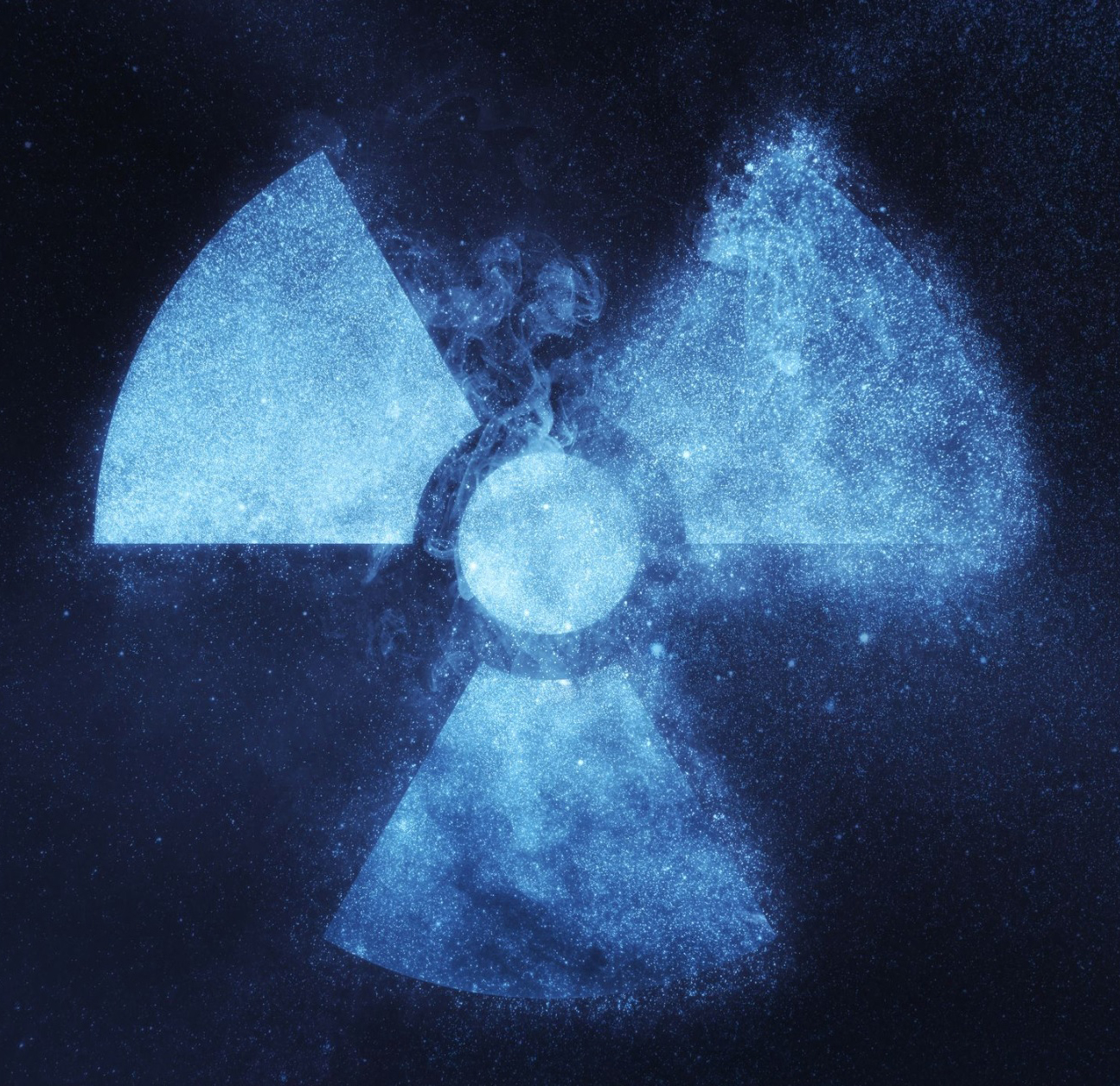
The UK has setup a new program called Great British Nuclear, which has the goal of building up to seven new nuclear reactors by 2050.
They will identify sites, cut through red tape to speed up the planning process, and bring together private firms to run each site.
The United Kingdom currently has eleven operable reactors and is considering extending the operation of one nuclear power plant by twenty years.
The EU mported more than 60 percent of its energy in 2019. Russia provided 47 percent of the EU’s imported coal, 41 percent of its imported natural gas, and 27 percent of its imported crude oil.
In March, Belgium chose delay by a decade a plan to scrap nuclear energy in 2025.
South Korea’s incoming government will reverse korea’s nuclear phaseout plan. South Korea is one of the world’s top-five importers of fossil fuels. Korea imports 20 percent of its coal from Russia. Korea generated 139 terawatt-hours of electricity from nuclear in 2019 from 24 reactors. South Korea is the fifth-largest nuclear power producer in the world. This was 26 percent of Korea’s total electricity generation.
Korean President-elect Yoon Suk-yeol will reverse Moon Jae-in plan to shut down 7 nuclear reactors by 2034.
President Macron outlined a plan to build six new nuclear reactors of the EPR 2 type, examine eight other projects, and extend existing plants.
High energy prices are motivating China to increase nuclear power. China’s plan calls for more demonstration projects of advanced reactors and early-stage research into nuclear fusion reactors.
